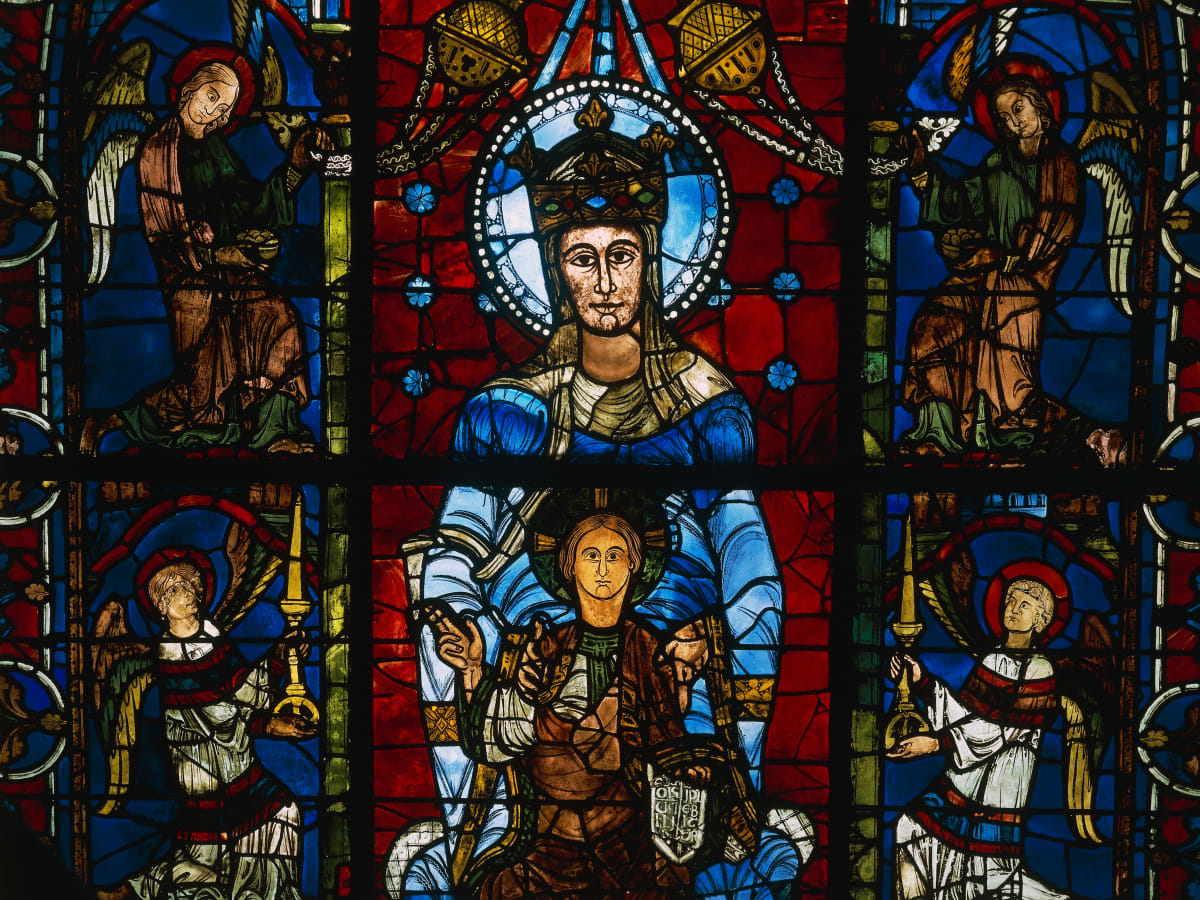Judged by comparison with the achievements of Greek, Hellenistic, or Roman civilizations, or by those of the Byzantine and Muslim East, those of western Europe in these centuries may sometimes seem feeble or primitive. But this is what one would expect in a world where life was often too turbulent to allow much leisure for the exercise of creative skills.
The efficient Roman communication system had deteriorated. Cities, were often mere shells of the vibrant centers of communication they had once been. Technical skills were lost, as was command over Latin, the western European language of intellectuals and writers. The slowly developing vernacular languages—Romance-French or German—were written only infrequently, and usually hesitantly.
Yet a large question remains. Can we fairly use classical standards to judge the writing and art of a post classical age, now evolving in many new directions? Most scholars today would be reluctant to do so, which is why we now reject the term Dark Ages. Many barbarians loved and admired the Roman world that their fellow barbarians were destroying.
They painstakingly kept alive, however crudely. the Roman literary and artistic tradition. Moreover, the widely traveled invading tribes brought with them art forms of their own—poetry, sculpture, and painting—that have only recently been widely appreciated by scholars.
Everywhere in the West, then, the story in general is the same, although it varies greatly in detail. The people of these centuries were gradually moving away from their Roman past, though still cherishing Roman models. They were also creating new and original writings and works of art. While the Christian faith gave them a more permanent and firmer link with Rome and its traditions than they would otherwise have had, they neither entirely absorbed the Roman heritage nor wholly abandoned their own traditions.

